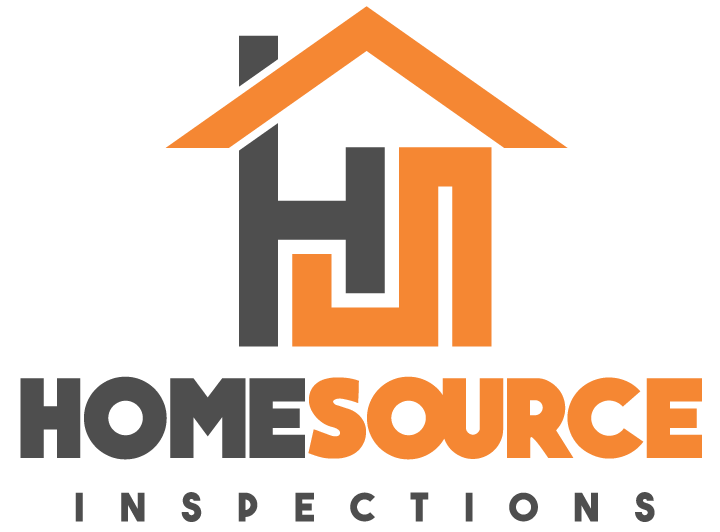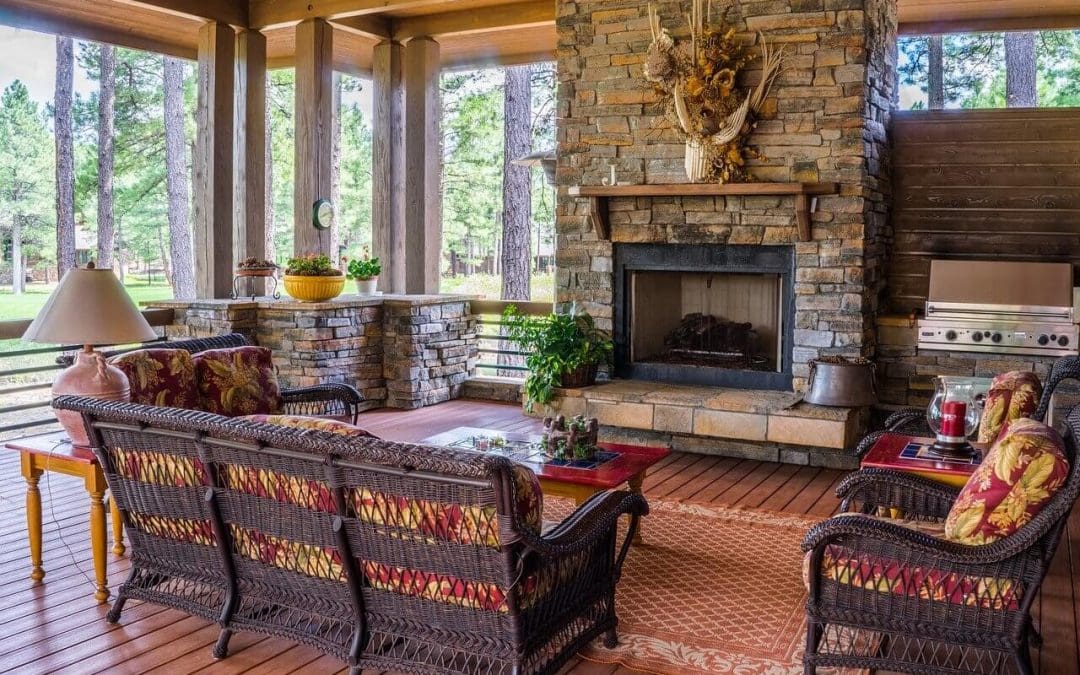A fireplace adds warmth and charm to any home, but it also comes with responsibilities. By following a few simple fireplace safety tips, you’ll enjoy your fireplace worry-free. Here’s how to keep your fireplace safe and efficient.
Keep Your Fireplace Clean for Fireplace Safety
A clean fireplace is a safe fireplace. Schedule an annual inspection with a certified chimney sweep. They’ll clean out creosote, a flammable residue that builds up when you burn wood. Creosote can cause chimney fires, so regular cleaning is essential.
Remember to clean out the ashes from previous fires. Once the ashes are cool, scoop them out to improve airflow and keep your fire burning safely. A thin layer of ash—about an inch—is fine and can even help insulate new fires.
Burn the Right Wood
The type of wood you burn matters. Use seasoned hardwoods like oak or maple. These woods burn hotter and cleaner than green or softwoods, which produce more smoke and creosote. Avoid burning treated or painted wood, as they release harmful chemicals.
Store your wood in a dry, covered area. Properly dried wood makes for safer, cleaner fires that are easier to control.
Use a Screen or Door
A sturdy fireplace screen or glass door keeps embers and sparks from escaping. It also creates a barrier to protect kids and pets from getting too close. Make sure the screen or door fits securely and covers the entire fireplace opening.
Check the glass doors of gas fireplaces regularly. If they’re cracked or loose, replace them to prevent heat from escaping unevenly.
Light and Extinguish Fires Safely
When starting a fire, stick to dry kindling or store-bought fire starters. Never use lighter fluid, gasoline, or other flammable liquids. Build the fire slowly, starting with small sticks and adding larger logs as it grows.
When it’s time to put out the fire, let it burn down naturally. Once the ashes are cool, spread them out and sprinkle them with water to make sure everything is extinguished. Never leave a fire unattended, even if it looks small.
Ensure Proper Ventilation
Good ventilation is key. Before lighting a fire, open the damper to allow smoke and gases to escape through the chimney. A blocked or closed damper can lead to smoke filling your home or, worse, carbon monoxide buildup.
Homes with gas fireplaces should have clear vents and working exhaust systems. For added safety, install a carbon monoxide detector in the same room as your fireplace.
Create a Safe Zone for Fireplace Safety
Keep anything flammable—like furniture, rugs, and curtains—at least three feet from the fireplace. This distance reduces the risk of stray sparks starting a fire.
If you have children, teach them to stay back from the fireplace. Create a “no-play zone” around it and explain the dangers of fire in simple terms.
With these tips, you’ll enjoy your fireplace safely all season. A little care goes a long way in keeping your home warm, cozy, and secure.
FAQs About Fireplace Safety
How often should I clean my chimney?
Once a year. If you use your fireplace often, clean it more frequently.
Can I burn trash or paper in my fireplace?
No. Burning trash, wrapping paper, or treated wood can release toxic fumes and increase fire risks.
What are the signs of a chimney fire?
Loud cracking or popping noises, thick smoke, and an intense smell of burning are signs of a chimney fire. If you notice any of these, leave your home and call 911 immediately.
Are gas fireplaces safer than wood-burning ones?
Both can be safe when maintained properly. Gas fireplaces are easier to use and don’t produce creosote, but they still require regular inspections for leaks and ventilation.
HomeSource Inspections offers inspection services to homebuyers and sellers in Northern Indiana and Southwest Michigan. Contact us to schedule an appointment.

